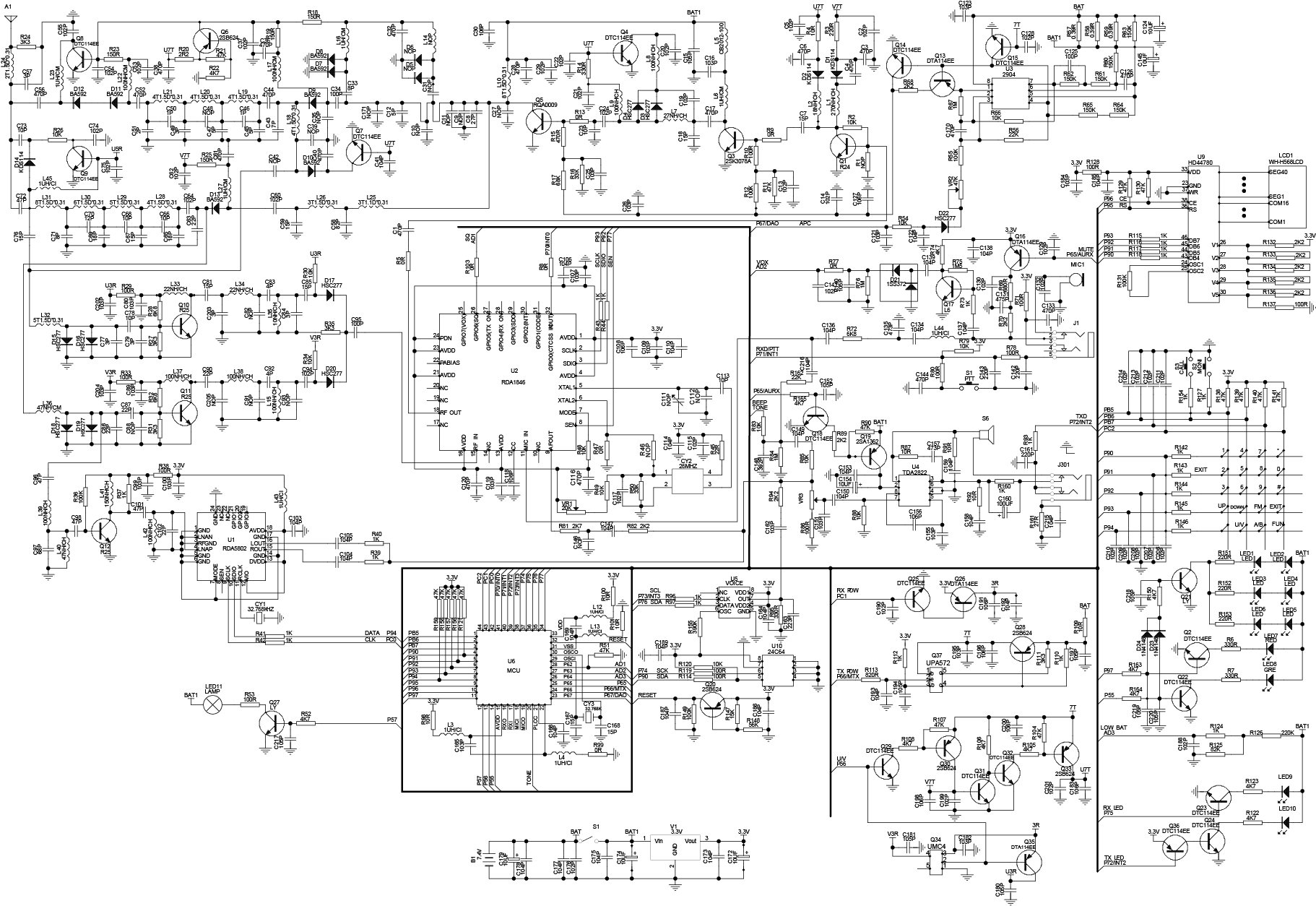There are two issues with the direct cable connection between the radio and the ESP32 Audio Board we're using. Fortunately, each issue is easy to solve with a slight cable modification
1) Audio level clipping
The ESP32 audio board provides high-voltage speaker-out audio levels and the radio expects low-current mic-in audio levels. It's a difference of several orders of magnitude. Fortunately, it's very easy to put a resistor inline between the two and burn off the extra energy as heat.
2) PTT inadvertently triggered.
Radios with 3.5/2.5mm audio interfaces tend to use a trick to trigger Push To Talk : they short-circuit the shield pins. The ESP32 uses the shield pins as "ground" connections. That means if you connect the radio mic to the ESP32 audio out with a 3-wire cable, and then connect the ESP32 audio in to the radio speaker with a 3-wire cable, the radio will transmit. That's because the ESP32 audio board uses shield on both boards as "ground." Plugging in either cable is fine. Plugging in both cables is a problem.

If you take a look at the Baofeng schematic, you'll see why. Typically R79 in the Baofeng pulls that net to logic high. But when shorted through an external PTT button, R161 pulls to logic low. So it's just a matter of placing a diode (quite literally any diode you have on hand, I used a 1n4001 on the mic audio shield pin between the radio and the audio board, with the cathode towards the boondock echo side). Another solution is just to disconnect the shield pins entirely..

 Mark J Hughes
Mark J Hughes
Discussions
Become a Hackaday.io Member
Create an account to leave a comment. Already have an account? Log In.